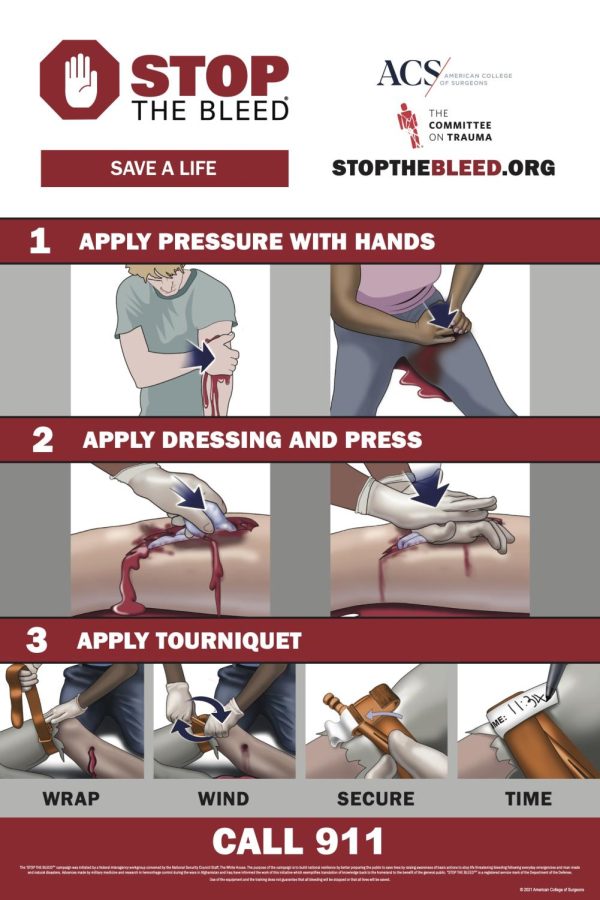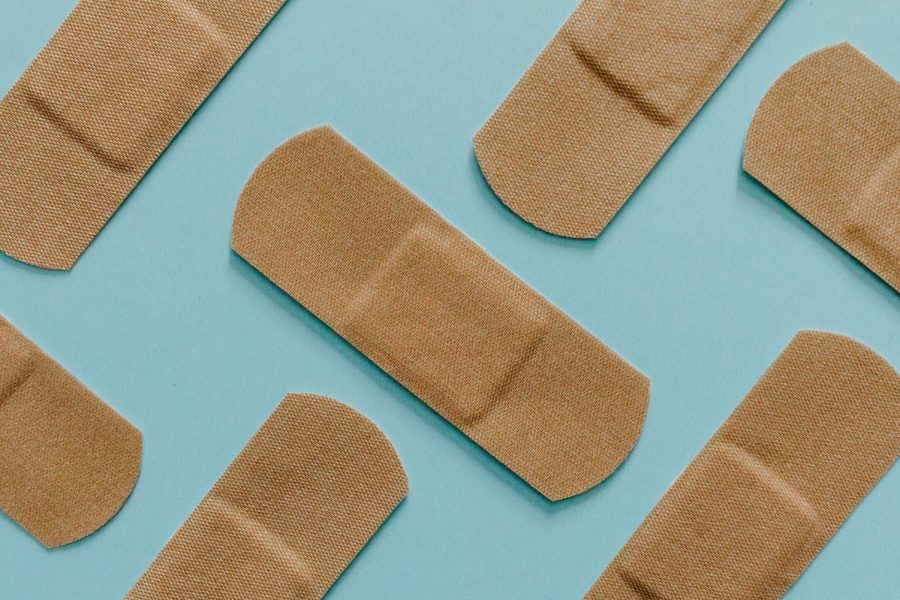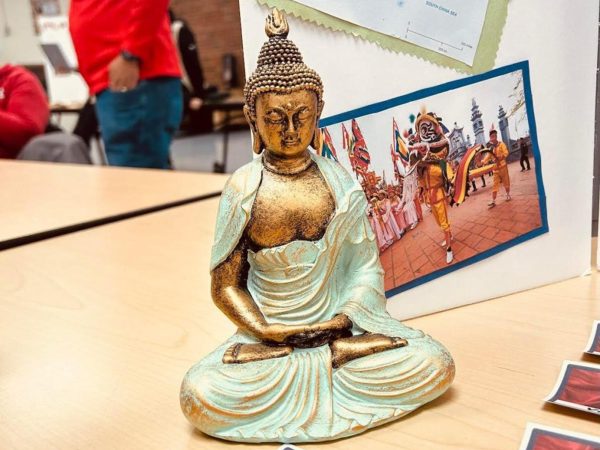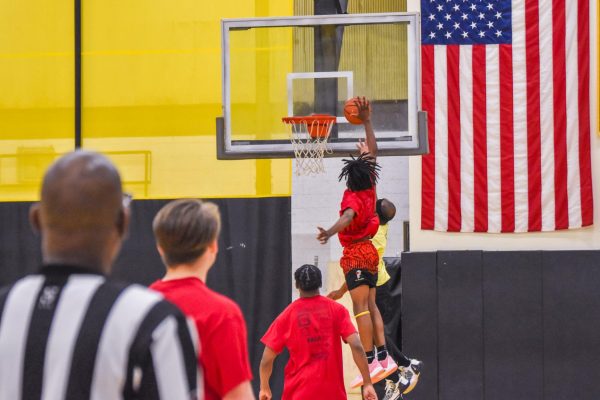Health Science Academy Conducts Workshop on Stopping Blood Loss
The Health Science Academy is one of the five academies provided by Piscataway High School and is specifically structured to prepare students in post-secondary education health colleges and career opportunities. These career opportunities include being a Nurse, Physicians Assistant, Educator, Forensics Scientist, Research Scientist/Professor, EMT, and other Health Related Careers.
The Health Science Academy requires students to take rigorous courses in the Science Field to prepare themselves for College-Level Courses regarding Health Sciences. These courses include Human Anatomy, Physics, Trigonometry/Pre-Calc, and Dynamics for Healthcare in Society.
The Health Science Academy also requires students to have 10 cohort hours to have them experience what the Health Science field is like. These hours can be gained through Membership and Attendance of HOSA or other Science Clubs.
The purpose of these hours is to support the Academies in Piscataway High School. All Academies have these Cohort hours within their groups and through these hours, it supports their education within their Academic Group.
Due to this, this spring, Piscataway High School had two meetings called “Stop the Bleed”, granting students two cohort hours. The meetings taught participating students in the Academy what blood loss is and how to stop it. The Stop the Bleed program is organized by the American College of Surgeons, which has trained over 2 million participants on how to stop bleeding in a severely injured person.
Why is stopping blood loss important?
Hemorrhage, or blood loss, is when there is an escape of blood from a ruptured blood vessel, especially when it is profuse. This loss of blood gives danger to the person as it prevents the body from getting nutrients and oxygen to the organs, causing the body to slowly shut down. Typically, an adult can lose under 40% of blood before it becomes fatal and they die. About 60000 Americans die of blood loss each year.
After explaining what blood loss was, the instructors taught students how to stop blood loss, teaching them how to apply a tourniquet and giving them items to practice these techniques.
According to the program, stopping blood loss is easy and can be done by anyone. All you need to do is follow the following steps below:

- The first thing to do is to call 911 and report to them that there is someone bleeding out, that way an ambulance is sent and the blood loss can be taken care of by professionals as quickly as possible.
- The next step in stopping blood loss is to find out the source or sources of the blood loss. Once you locate the area of the blood loss, expose the skin and start putting firm, steady pressure directly on the blood site. If available, use gloves before applying pressure as there are blood-transmitted diseases that you may be risking yourself to.
- The next step is to go and apply control gauze on the wound. You do this by stuffing the wound with the controlled guze until the wound is completely covered with it. Then press in on the wound to apply pressure.
- If bleeding continues, then you should apply a tourniquet to stop the flow of blood from escaping the wound. Tourniquets can be found in first aid kits. To stop bleeding you have to put the tourniquet high and tight near the extremity. If on the arm, it should be near the armpit, if on leg, it should be near the groin. This is done so that the flow of blood stops flowing from the wound.
- You then pull the “tail” strap of the tourniquet and pull it tight until it wraps around fully. Then secure the windlass to keep the tourniquet tight and in place. If possible, record the time on the tourniquet so that Emergency Responders would know when it was applied.
- If bleeding does not stop then you can go and put a second tourniquet below the first one.
- Please keep in mind that as you are doing all of this, you should be talking to the victim and guiding them through the process. This is painful for them and talking to them will help calm them down and make the process easier.
- Stay with the victim until the Emergency Responders arrive and take the victim with them. Once that happens, wash your hands of all blood and check if any blood was transferred onto your own body. As stated before, there are diseases that are transmitted through blood, one of them being HIV.
Through these steps, you can potentially save a life.
For more information on how to stop Blood Loss, visit Stop the Bleed’s website where you can register to take a course on how to stop blood loss.

Hi I’m Andrea! I’m currently a Senior and this is my third year in Chieftain. I find interest in writing original stories and often play video games...








